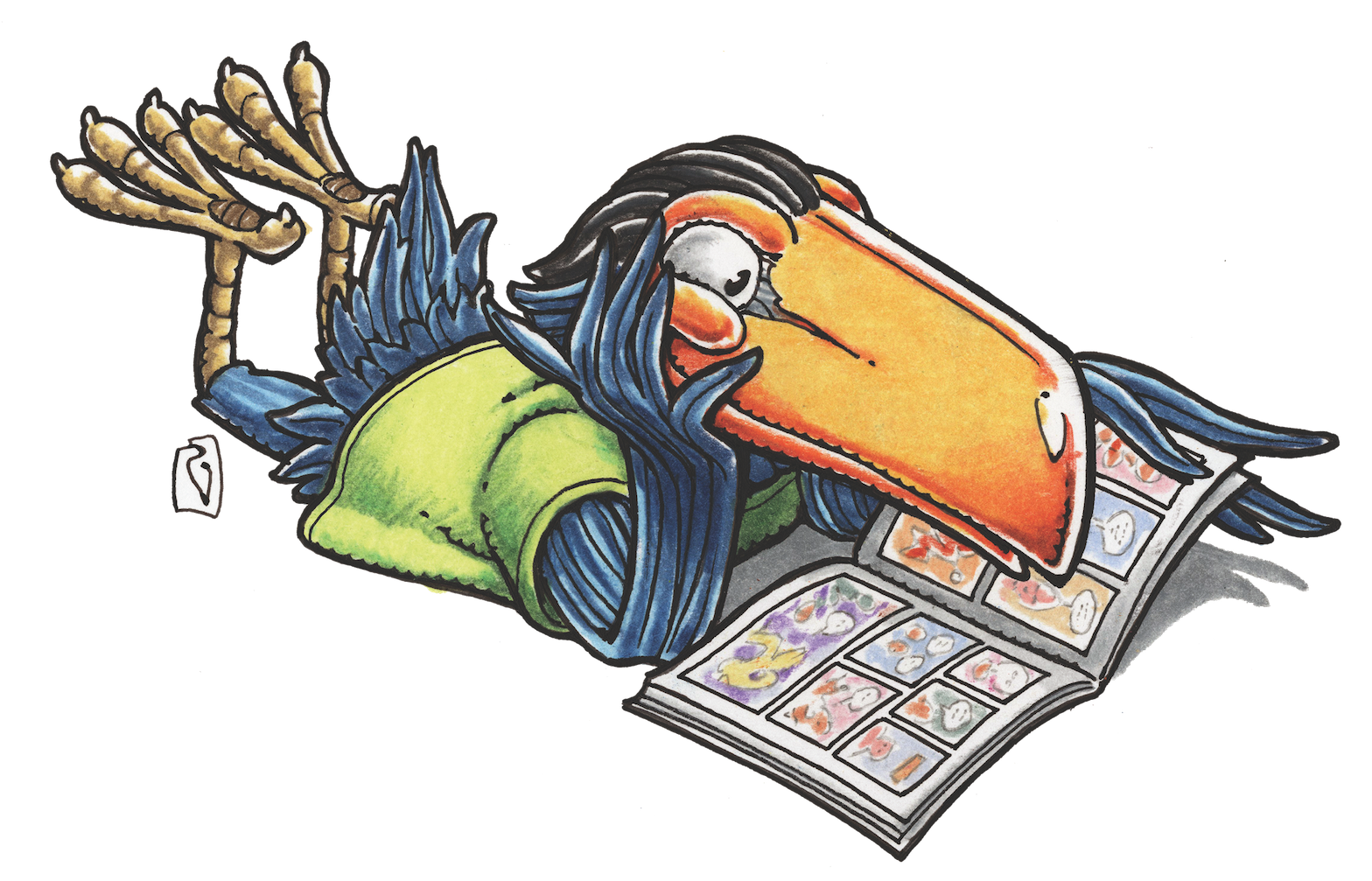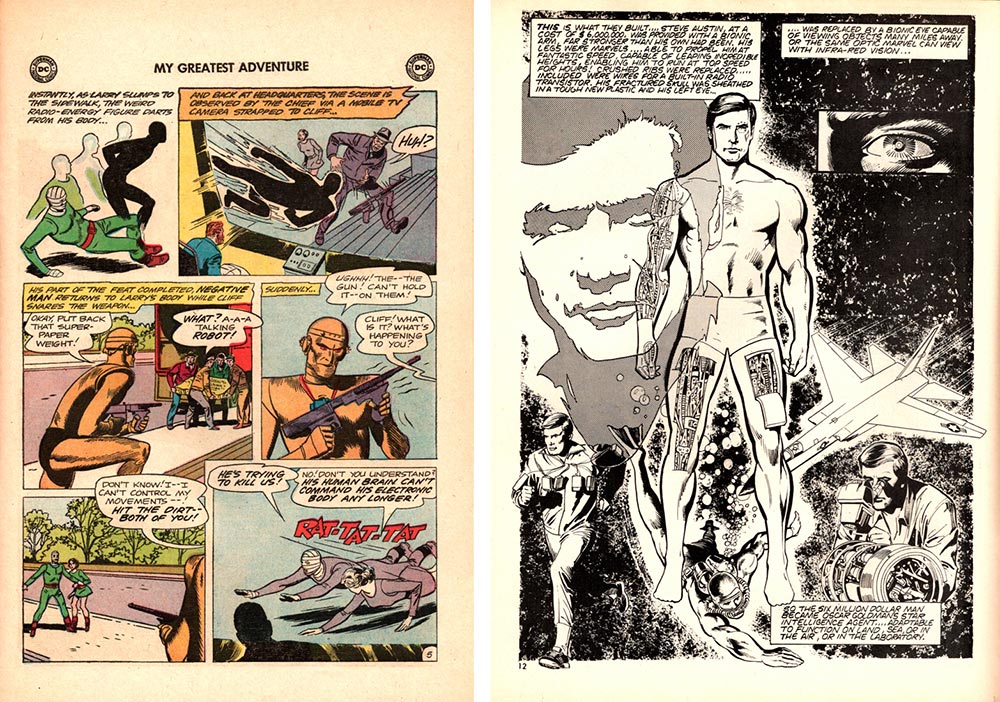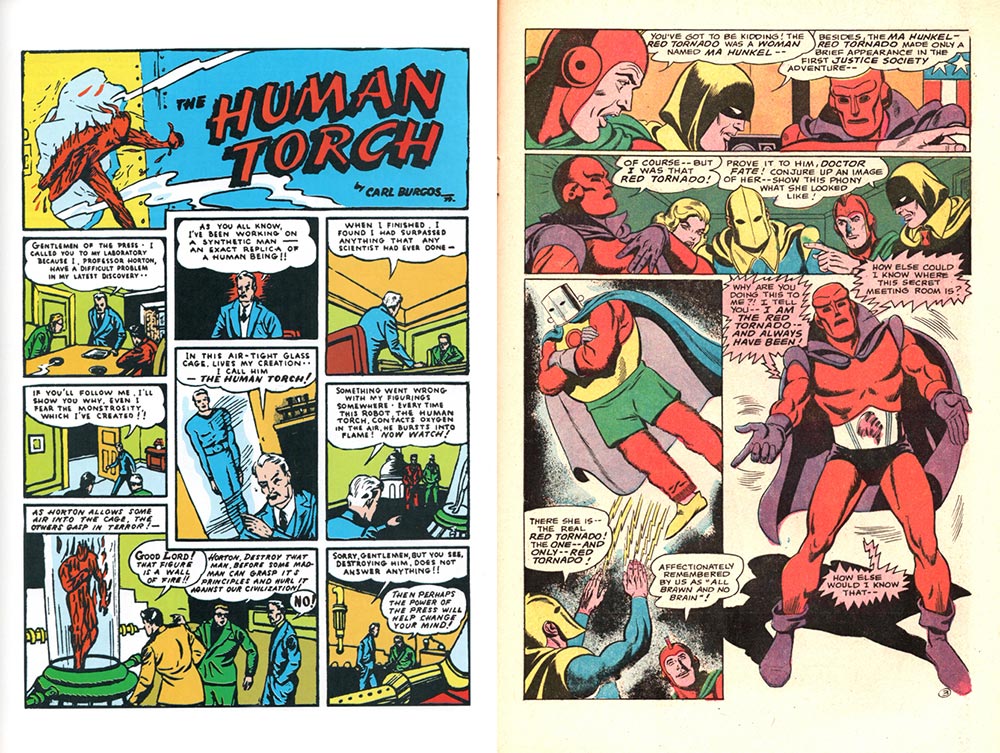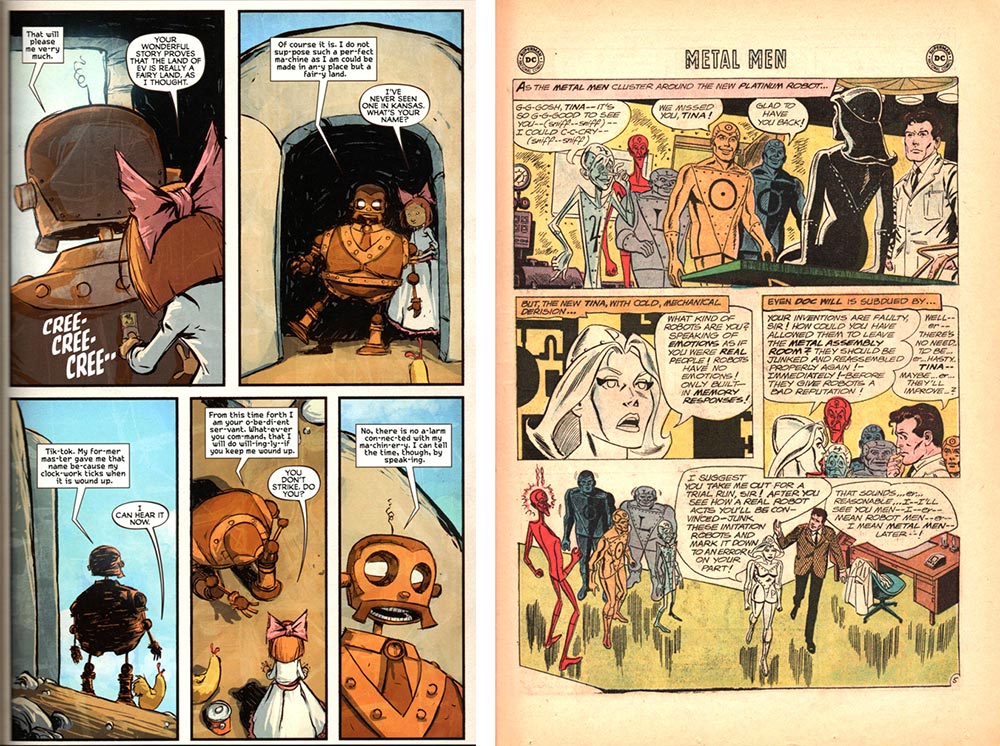MAGGIE’S WORLD BY MAGGIE THOMPSON
Maggie’s World 087: A Robot Century

When the play R.U.R. by Karl Čapek had its premiere on January 25, 1921, Rossum’s Universal Robots introduced the word “robot” to the world. Čapek later credited his brother Josef with creation of the word: the Czech word “robota” meaning serfs’ forced labor, was based on “rab,” which meant “slave.”
I grew up familiar with robots. Mom (Betsy Curtis) wrote science fiction, and her fifth sale was “A Peculiar People” (F&SF for August 1951). It was reprinted in The Best Science Fiction Stories (1952), then in New Eves (1994), Sci-Fi Womanthology (2003), and (mistitled as “The Peculiar People”) in Lost Stars (2003). [The story’s title referred to I Peter 2:9: “But ye are a chosen generation, a royal priesthood, an holy nation, a peculiar people; that ye should shew forth the praises of him who hath called you out of darkness into his marvelous light.”]
And I read and reread Ed Hamilton’s “Captain Future” tales in Startling Stories (which started in January 1950). A bunch of guys had been involved in creating the mythos of the Captain Future pulp magazine universe that started publication in 1940. Those participants were Mort Weisinger, Leo Margulies, and Edmond Hamilton (who wrote the stories). Captain Future’s team included the robot Grag, the android Otho, and the brain-in-a-box Simon.
And that’s where I became acquainted with the differences between cyborgs, androids, and (yes) robots.

Definitions
As we celebrate a century of robots, we can consider comics based on the concept: A non-human intelligence of some sort being put to a variety of uses. Heck, around 700 B.C., Hesiod wrote about myths of automata created by Hephaestus: Those included Talos (powered by ichor) protecting Crete. Automata are “self-acting,” self-propelled computing devices.
A.I.—for “artificial intelligence”— is a term coined by John McCarthy in 1956. It’s a general description for a variety of forms of artificial intelligence.
Cyborgs are “cybernetic organisms” containing both organic and mechanical parts. The term was coined by Manfred Clynes and Nathan S. Kline in 1960. It’s the title of the Martin Caidin novel on which the TV show Six Million Dollar Man was based. Basically, they are human beings with a variety of implants and/or life supports. (Simon, for example, was a human brain in a life-support box.) But they’re clearly not A.I. It’s the body parts that are artificial, not the intelligence. Captain Future’s brain-in-a-box Simon was a human brain; even the comics characters called “Robotman” were more man than robot. In any case …
Androids are non-human, self-acting, organic but artificial creations (such as Otho).
Robots are mechanical creations such as Grag: machines that can carry out self-directed complex actions automatically.
In fact, while each of the three is frequently depicted in humanoid form, some are not built to look like people. (Think of K.I.T.T. in the 1982 TV series Knight Rider.)

Pop Culture
I’m not counting magical A.I. characters whose creation comes from a variety of fantastic origins, but there were automata in pop culture even before R.U.R. For example, in L. Frank Baum’s first novel, The Surprising Adventures of the Magical Monarch of Mo and His People (1896), he introduced The Cast-Iron Man. In Baum’s third Oz novel, Ozma of Oz (1907) Tik-Tok runs via clockwork that needs to be wound for thought, movement, and speech.
Automata also appeared in early films. Ah, think of the tales, once robots entered popular entertainment! (Consider, for example, the classic image of the Metropolis (1927) Machine-Person.)
Some robot tales preceded such later popularizations as Isaac Asimov’s short stories (collected in I, Robot). But it was Asimov who introduced Three Laws of Robotics in “Runaround” in Astounding Science Fiction (March 1942), edited by John Campbell, with whom Asimov credited the idea:
First Law: A robot may not injure a human being or, through inaction, allow a human being to come to harm.
Second Law: A robot must obey the orders given it by human beings except where such orders would conflict with the First Law.
Third Law: A robot must protect its own existence as long as such protection does not conflict with the First or Second Laws.

A List
Who’s who (and what’s what) in A.I. comics? Let’s see whether I can avoid messing up the lists (the way I forgot that Daredevil’s mask wouldn’t protect him and his friends in Maggie’s World #082). I should also note that, before final trimming, this Maggie’s World was a third longer than this. I’ve left out many details, omitted too many characters to count, and simply provided preliminary lists in chronological order.
Cyborgs
- April 1942: Robotman in Star Spangled Comics #7
- March 1963: Iron Man in Tales of Suspense #39
- June 1963: Robotman in My Greatest Adventure #80
- March 1964: The Brain in The Doom Patrol #86
- January 1967: Tharok in Adventure Comics #352
- October 1980: Cyborg in DC Comics Presents #26
- September 1988: Tailgunner Jo in Tailgunner Jo #1
- May 1990: Cyborg Superman in Adventures of Superman #466
Androids
- October 1939: Human Torch in Marvel Comics #1
- August 1968: Red Tornado in Justice League of America #64
Robots
- January 1939: Adam Link (in a short story eventually adapted for comic books in Weird Science-Fantasy #27 (January-February 1955)
- March 1940: Flexo the Rubber Man in Mystic Comics #1
- May 1954: M-11/M11 in Menace #11
- September 1956: Gyro Gearloose’s “Little Helper” in Uncle Scrooge #15
- March-April 1962: Metal Men Gold, Iron, Lead, Mercury, Tin, and Platinum in Showcase #37
- July-August 1968: Ultron in The Avengers #54-55
- July 1977: Machine Man (also known as X-51 and Mister Machine) in 2001: A Space Odyssey #8
- December 1977: Red Ronin in Godzilla #5
- November 1997: Hourman III in JLA #12
- September 1998: Baymax in Sunfire & Big Hero Six #1
- 2000: Boilerplate in a Paul Guinan website
- October 2007: Atomic Robo in Atomic Robo #1
More Pop Culture
And things can get complex. Hourman III is called an android but it’s an intelligent machine colony—so it’s a robot. 1978’s radio series Hitchhiker’s Guide to the Galaxy called Marvin a “paranoid android,” but the rest of the information identified him as a robot, and he and Eddie the Shipboard Computer were introduced to comics in DC’s 1993 three-issue adaptation.
These days, there are just so many robotic crossovers among media, folks are used to cyborgs and A.I. characters. With the original Star Wars film trilogy kicking off in 1977, the robots (not androids, just saying) were quickly featured in comic books. And so it went.
Let’s face it: The field is so vast that, after weeks of mulling the topic, it wasn’t until it came time to wrap things up that such robot-focused entertainment as Magnus Robot Fighter and Osamu Tezuka’s Tetsuwan Atomu even occurred to me. Which is to say, there’s much more to say about robots. But danger, Will Robinson, danger! We’re out of space, even as readers quickly come up with other characters that should have been mentioned.
In the meantime, it’s time for us all to pay tribute to Karl Čapek for giving us the name. Maybe it’s even time to hunt down a copy of the script for—or a performance of—R.U.R.
Maggie’s World by Maggie Thompson appears the first Tuesday of every month here on Toucan!